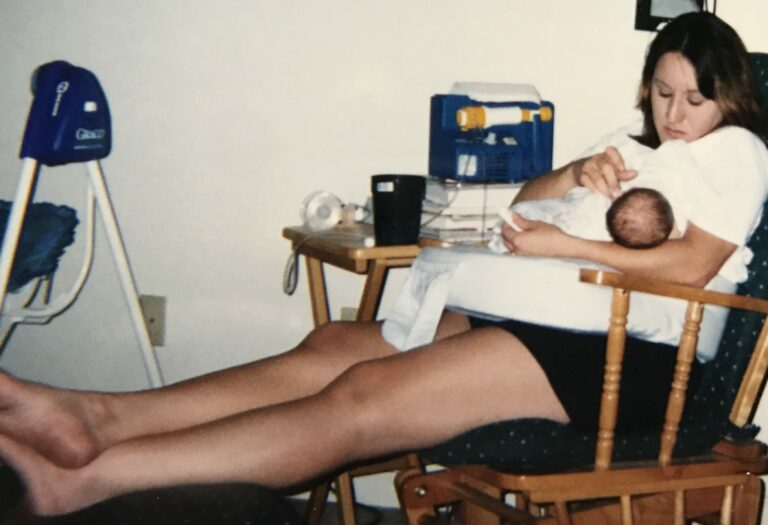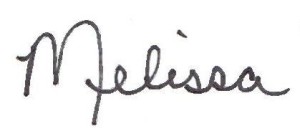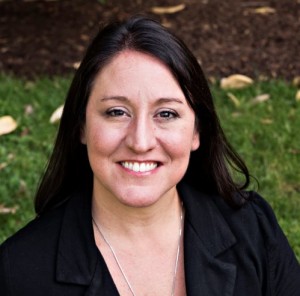Editors note: The CCDS Doula Collective blog was named by doulas who have trained with Capital City Doula Services to reflect the goal of the blog – to inspire readers with content and to highlight the doulas from the CCDS community. I believe deeply in our ability to learn from one another, and today, new doula Sharea Jenkins shares some things she’s learned in her first year as a doula. – Melissa
By: Sharea Jenkins, pursuing certification with DONA International
Okay! You’ve gotten the call and your client is in labor, ready for your support.
Do I have everything? As a doula, that runs through my mind a few times before even leaving the house.
Labor is slow, but gradually progressing. Time flies as we go from one position to another, the tub, the peanut, walking, side lying, and nipple stimulation.
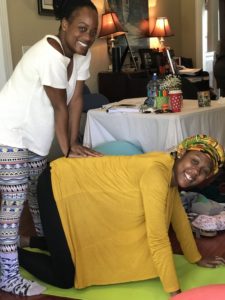
Sharea practicing counter pressure during her doula training. Also pictured, fellow doula Cimona Seagraves.
Back compressions and belly rubs.
Dad coming in and out.
Midwife reassuring and checking in.
Contractions slow down, everyone dozes off to sleep. Now, it’s just my client and me, both extremely tired; we’ve been up all night…
To say that at times we attend long births, is a TOTAL understatement. These experiences sometimes lead me to doubt, to wonder.
Am I doing enough?
Is my role valuable to this family?
Births are hard work and some are very challenging for moms and the team supporting her. In a recent longer birth I attended, I constantly darted back to my memory of everything I learned in my training with Melissa. The birthing scenarios, the information, the hands-on demonstrations; that learning along with going with the flow, helped get me through. So what did I learn from this experience as a doula? Here are a few things I’d like to share.
FIVE tips for the doula
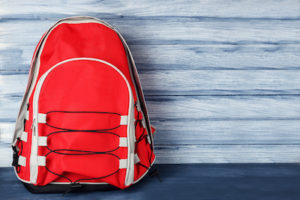
- Never underestimate the power of a good hoodie or cardigan! Yes, even in warmer months, moms get hot fast which leaves everyone else cold. Also, hospitals are set on freezing! Lol.
- Don’t skimp on the snacks and water. Yes, pack more than one snack and a quick meal. You’ll need the energy when you take a break for a bite. Energy bars, pre-packaged oatmeal, noodles, sandwiches, and fruit are some things that are easy to pack. Try staying away from food that has strong odors. Moms are extra sensitive to smells during labor. Also packing a mint or gum just in case can be helpful. Bring a water bottle if you can. Water is essential not only to your client but to you as well, stay hydrated.
- Be the master of patience with others. There may be family and friends who are totally over the birthing experience and may express their thoughts. Remember mom is the focus and try to tune them out or involve them. Extra massaging and fanning, fixing a cool face cloth or a cool drink for mom or even helping in positioning can keep others engaged if they are open to helping.
- It’s okay to lay down and to take a break. I have rested right beside my clients so when she needed back compression it is easy to be right there. If you can’t lay down try to get the partner or family involved if possible, so you can close your eyes for a minute and recollect.
- Never ever forget your hands have all the love, care, and support that a mom needs. They are your best tools. The touch of your hands tells her “I am with you, I believe in you, Trust your body and you are not alone!”
There is no question that a moms body goes through tremendous work with any labor and delivery.
As doulas, our bodies do as well, with all the adrenaline rushing we might not feel the soreness and aches until the next day.
Some doulas have very busy lives to get to right after a labor, but aftercare is important for the doula. Take the time to rest, take vitamins, stretch (get a massage if possible) and love yourself.
There are lessons to learn from every experience but don’t be down if labor has been extremely long. Taking care of ourselves makes it much easier to be there for the family and to be more prepared for whatever may arise during labor. What we do is not easy at times, but so worth it.
 Sharea is originally from Connecticut but has been a Tallahassee resident for over 18 years. 32 years old, she is the owner of Supporting Hands Doula Care and is working towards becoming DONA certified. Sharea has a 12-year-old daughter and 10-year-old son, together they cook, exercise and enjoy the outdoors. Along with being an active doula, she volunteers at women’s centers and shelters in the Tallahassee area.
Sharea is originally from Connecticut but has been a Tallahassee resident for over 18 years. 32 years old, she is the owner of Supporting Hands Doula Care and is working towards becoming DONA certified. Sharea has a 12-year-old daughter and 10-year-old son, together they cook, exercise and enjoy the outdoors. Along with being an active doula, she volunteers at women’s centers and shelters in the Tallahassee area.


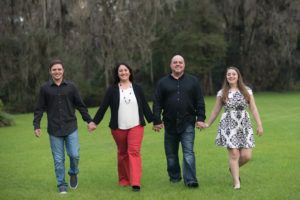 7030. Seven ZERO THREE ZERO.
7030. Seven ZERO THREE ZERO. 